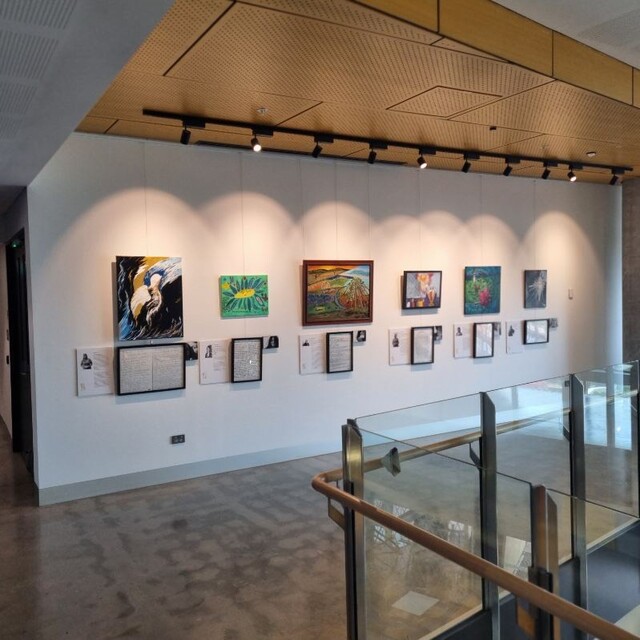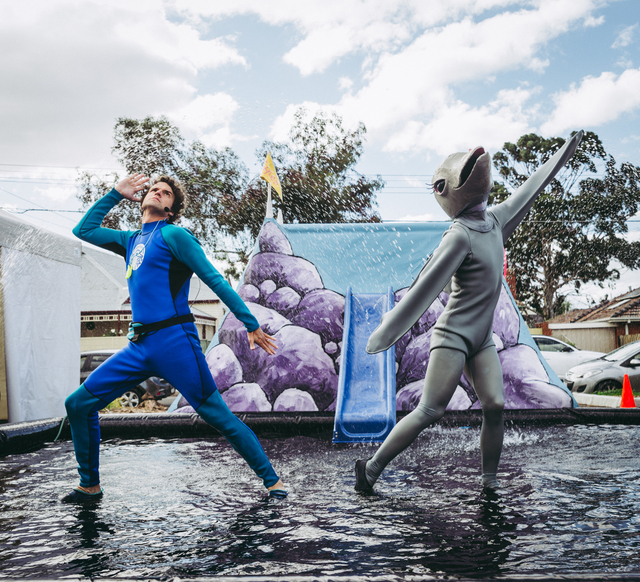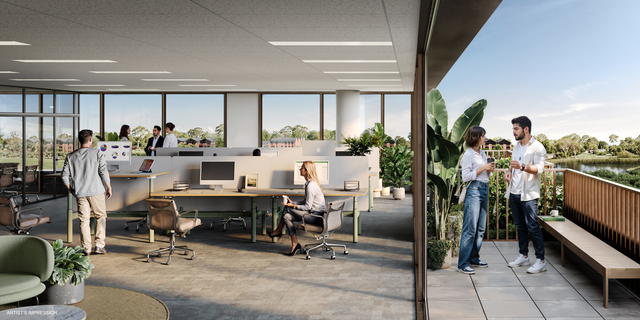Asylum seekers and refugees are made to feel welcome when they move into Melbourne’s north, according to a new report.
A research paper commissioned by the Refugee Council of Australia (RCOA) finds that councils and their local networks are promoting people-to-people links that support the increasing diversity of their communities.
Whittlesea and Hume are among almost 90 Australian councils which have signed on to the Refugee Welcome Zone initiative, Building a culture of welcome for refugees.
RCOA chief executive Paul Power said proactive leadership by councils reflected the valuable contributions refugees continued to make in their adopted communities.
“Since Federation, Australia has welcomed more than 800,000 refugees … who go on to make their mark in our economic, cultural and social life,” Mr Power said.
“While the national debate about refugee policy can be quite toxic, many councils are getting on with the job of welcoming new arrivals, promoting people-to-people links and building social harmony.”
Whittlesea’s welcome is guided by the council’s multicultural plan and driven by direct engagement with ethnic services and groups in the municipality.
These include a job-readiness program, language services and social support services that help newly arrived families through the bureaucracy of daily life.
“The research found that some councils with large numbers of humanitarian arrivals have developed extensive services and activities,” Mr Power said.
“[These] include partnerships with community groups and service providers, Refugee Week and Harmony Week events, public forums, living libraries and community-based projects.”
Mr Power encouraged more councils to consider becoming ‘refugee welcome zones’.
“Becoming a welcome zone is a way to continue this strong tradition in supporting the settlement of refugees as well as promoting harmony, social cohesion and respect for human rights,” he said.
» Information on refugee welcome zones is available at refugeecouncil.org.au






